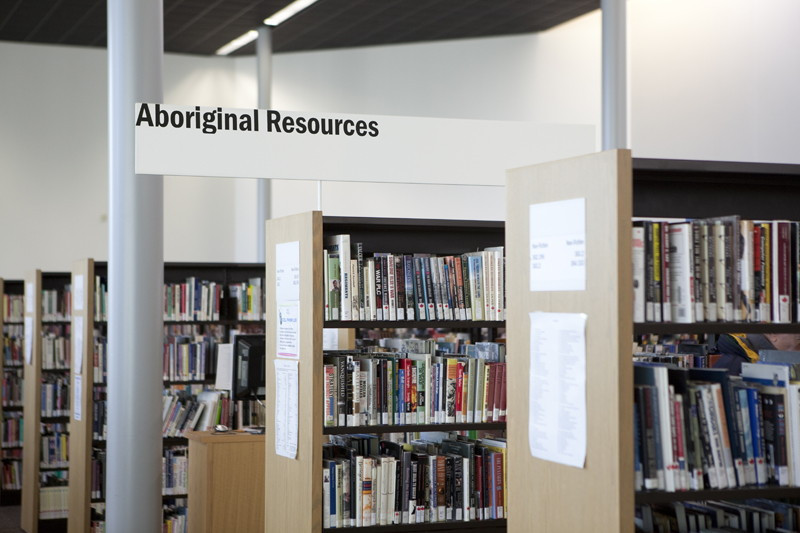Literacy advocates meet to develop plan of action
Statistics show that about 30 per cent of learners drop out of the average Canadian literacy program, but that’s not the case in Walpole Island First Nation in Ontario.
There, the success rate is pretty much perfect.
“In terms of participation and dedication, we’ve had almost 100 per cent of the program people keep coming back,” said Bryan Loucks about the reserve’s literacy program.
Loucks was in Winnipeg this week as part of the 2011 Aboriginal Literacy Symposium, hosted by Literacy Partners of Manitoba (LPM).
Loucks made a presentation about his community’s successful Mino Nendmowin (Good Minds) program, which integrates developing literacy, community and employment connections, and self and cultural connections.
Good Minds attempts to cultivate essential skills like self-esteem, memory, goal setting and self-motivation, Loucks said. It helps people connect with resources in their home community and with urban resources.
“But also to connect to a history and a way of thinking and a way of life which for the most part has been denied through the mainstream education system,” Loucks said. “With that foundation of knowing who you are, then you can be successful in any realm of life, including employment and education.”
The symposium was held to develop an action plan for improving literacy and educational opportunities for Manitoba’s growing aboriginal population as it gains influence in the economy.
“Within a decade, (aboriginal) youth will be a driving force in (human resources) departments, because by 2017, 25 per cent of the population is going to be aboriginal, minimum,” said Edward Kidd, a LPM board member.
Education levels for aboriginal Manitobans are improving slowly, according to LPM. But systemic barriers remain, including lack of money, lower academic preparation on reserves, lack of understanding of aboriginal culture in educational institutions, and the aftermath of assimilative policies such as compulsory residential schools.
“ With that foundation of knowing who you are, then you can be successful in any realm of life, including employment and education.
Bryan Loucks, Anishinabe adult educator, Walpole Island First Nation
As part of Good Minds, elders share reflections from their own experience, and give meaningful substance to the learning process. For example, elders may teach the Anishinabe names of culturally significant places in the local community.
“These are really important things for helping the learners to get connected in a meaningful, less alienated way with their environment,” Loucks said.
The program also involves assessing literacy levels, developing individualized training plans in arithmetic and writing English, as well as encouraging some participants to complete missing high school credits.
Pre- and post-testing show significant shifts in essential skills, understanding of life situations, feelings of hope and connection within the community and personal understanding of cultural roots.
Loucks said someone who’s really angry or in a lot of pain is not a very good employee.
“We’ve been focusing a lot on people’s behaviour, which is in our literacy programs. For Anishinabe, we’ve always been deep thinkers, deep feeling people, and I think in general that hasn’t been recognized to the same extent that it could.”
Kidd emphasized that aboriginal people did most of the planning and presenting for the symposium.
“A lot of non-aboriginal organizations look at ‘Let’s do this for you’,” he said, “‘Well, we don’t need you to do it for us. We can do it on our own. We just need the support ... and the partnerships to make this happen.’”
Wendy Bulloch, LPM’s director, said symposium participants will get together for yearly follow-up meetings. Kidd expects this will provide much-needed data on what works to improve literacy for aboriginal learners.
Published in Volume 66, Number 10 of The Uniter (November 2, 2011)







